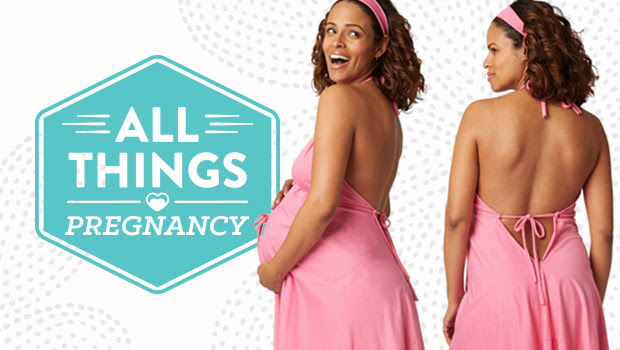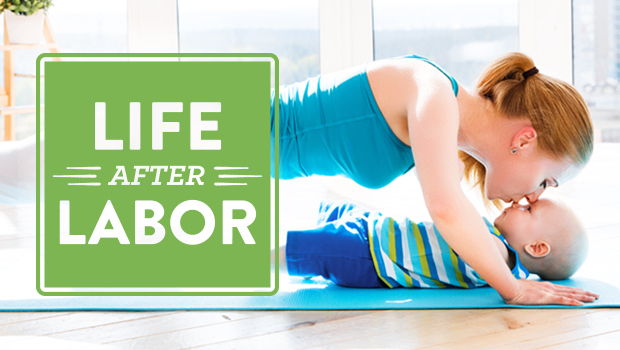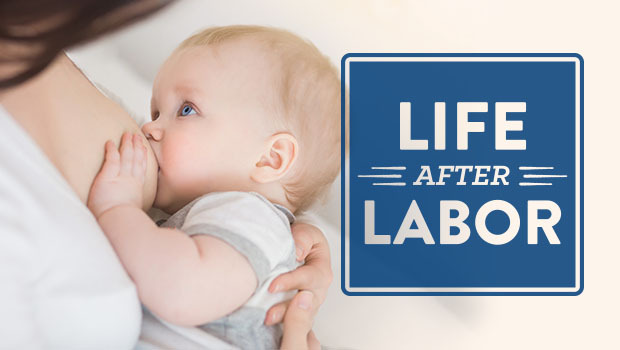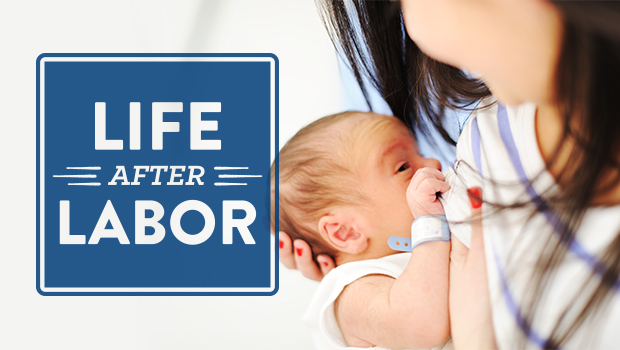Ri Teref-Ta
Ri has over 25 years’ experience in women's health. She is a mother of two and business owner of a holistic women's health and midwifery practice in Oklahoma. She is a Certified Natural Health Practitioner and is finishing her dissertation to become a Naturopathic Doctor. In her limited free time, she enjoys reading, hiking and caring for rescued retired racing greyhounds.
www.jenniferlabit.com
Author Archives for Ri Teref-Ta
There is so much to think about and plan during a pregnancy that some of the minor details get overlooked. You may not think about what to wear while giving birth until you are actually in labor and giving birth! Then random thoughts may pop up: “This gown is itchy!“, “Why are all hospital gowns blue?”, “Does my backside really need exposed to everyone while I walk the hallway?”. At that time you may start to regret not planning for your clothing needs during childbirth and packing something a little more comfortable in your labor bag. If you are planning
Author Archives for Ri Teref-Ta
Exercising after having a baby requires some planning and preparation . This is not the time to go out and start training for a marathon or even your first 5K run. This is a time to take take things slowly and gradually, especially if you did not exercise during your pregnancy. Before beginning any postpartum exercise or physical activity, it is important to get clearance from your health care provider. Women heal at different rates. If you had a cesarean section birth or you had a repair from a tear or an episiotomy, your recovery time will be longer than those mothers who did not have these
Author Archives for Ri Teref-Ta
Nutrition for pregnancy actually begins months before becoming pregnant. The March of Dimes recommends that all women of childbearing age take a folic acid supplement of at least 400mcg daily. This important vitamin prevents birth defects that affect the brain and spinal cord. The maternal stores of folic acid for the three months prior to getting pregnant determine baby’s brain and spinal cord development and helps prevent NTD (neural tube defects). Once pregnant, folic acid requirements increase to 600-800 mcg daily. Folic acid is obtained through vitamin supplements, prenatal vitamins and enriched food items such as cereal, breads and grains.
Author Archives for Ri Teref-Ta
Breastfeeding can be a very rewarding part of being a mother. It can also be very stressful. Being prepared and getting off to a good start can make all the difference. Educating yourself on the basics of breastfeeding can help you be more successful. Preparing for breastfeeding can begin while you are still pregnant. Attend a breastfeeding class. Many hospitals offer breastfeeding classes. Develop relationships with friends who are breastfeeding or who have breastfed their children. Locate your local LLL (La Leche League ) for mother to mother breastfeeding support (3). Read breastfeeding books (see references at the end of this blog). If you
Author Archives for Ri Teref-Ta
How does postpartum nutrition differ from nutrition for a postpartum breastfeeding mother? Postpartum, the time following childbirth, can range from 6-12 weeks. It is often referred to as the “fourth trimester”. This is a time of healing for mom and bonding with baby and getting breastfeeding established. Due to the changes that pregnancy and childbirth cause to a woman’s body, her nutritional needs change during the postpartum period. It is a time for her body to recuperate. The nutritional focus during this time is focused on foods that promote healing and establishment of breast milk. Foods that promote healing and
Author Archives for Ri Teref-Ta
Postpartum depression (PPD) is depression that occurs during the first year after giving birth. According the the CDC, 1 out of every 8 women will experience PPD. Often times it goes unreported or under-reported so actual occurrence may exceed this estimation. The causes and contributing factors of PPD are numerous: physical changes, hormonal changes, emotional changes, sleep deprivation, pre-existing health conditions, history of depression, family history of depression, weak support system, financial struggles, birth trauma, high stress issues during pregnancy, unwanted or unplanned pregnancy, difficulty breastfeeding and many more. (1) Symptoms of Postpartum Depression Symptoms of PPD include: mood swings, anxiety, irritability, sadness, crying, feeling overwhelmed,





